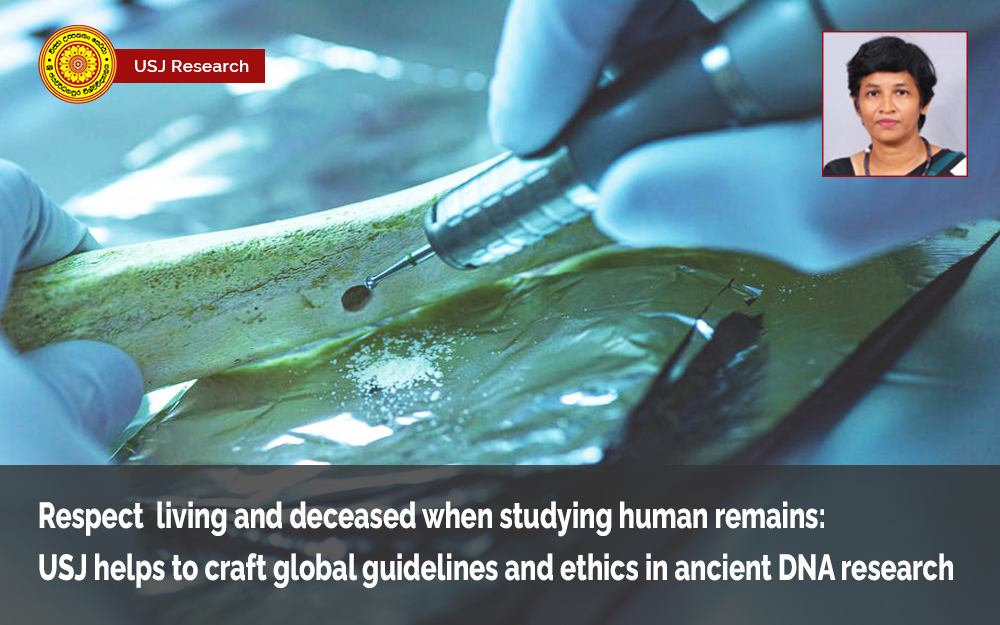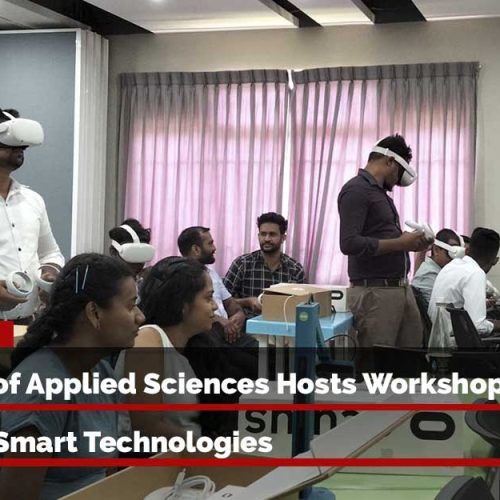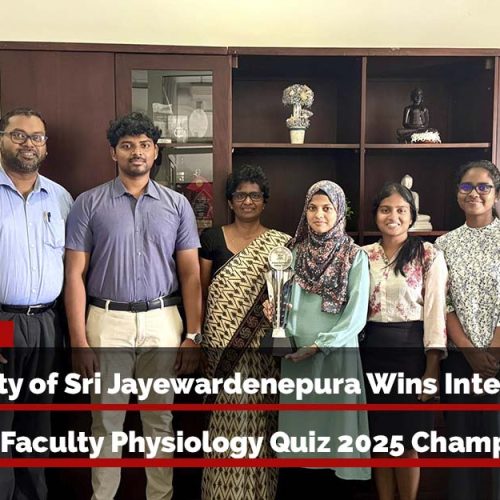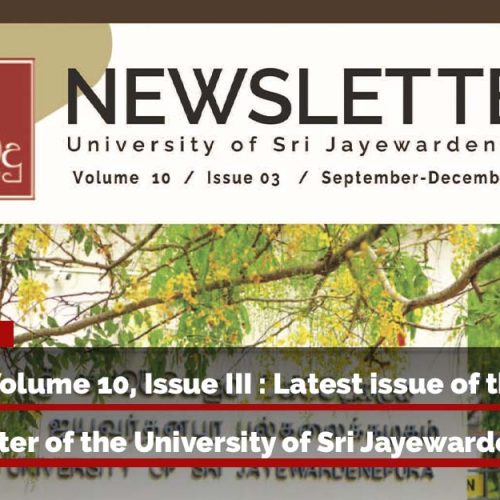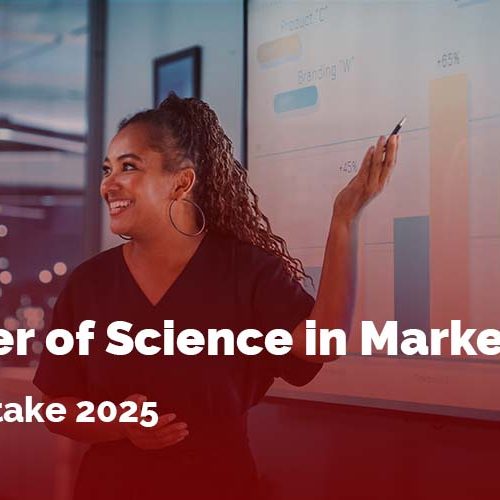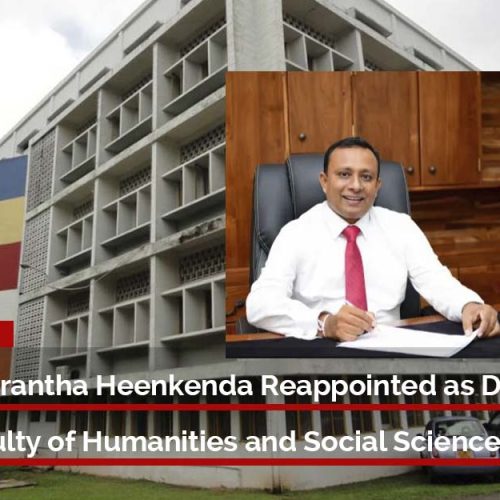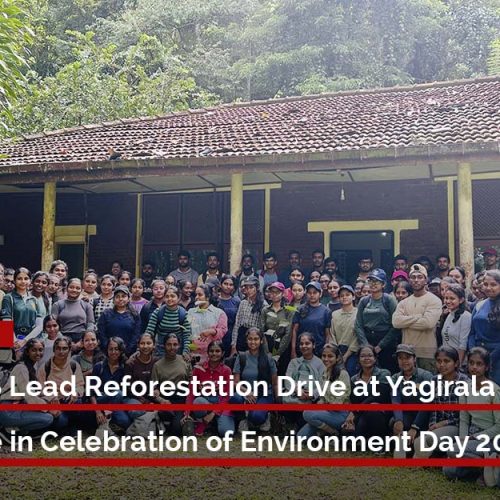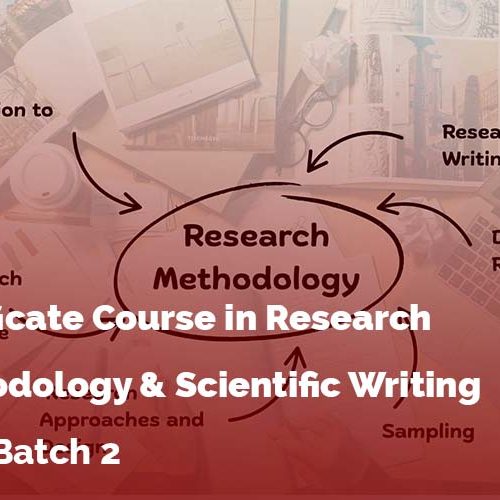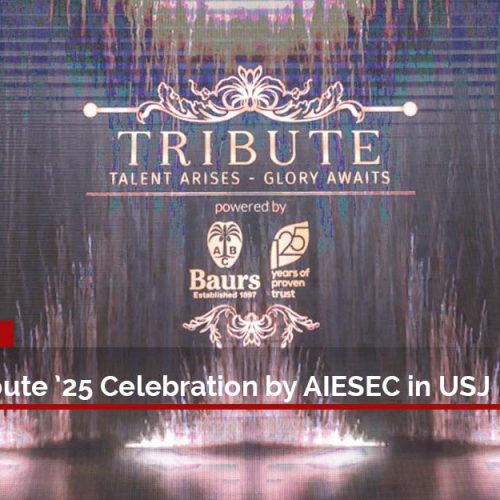Geneticists and archaeologists studying ancient DNA should engage with stakeholders in the places where they conduct research, minimize damage to human remains and share their data, according to new guidelines outlined in a paper co-authored by Senior Prof. Surangi Yasawardene ;Department of Anatomy, Faculty of Medical Sciences, University of Sri Jayewardenepura and published in Nature.
DNA research has exploded in scale over the last decade, according to Prof. Surangi Yasawardene and one of the authors of the open access paper, “Ethics of DNA Research on Human Remains: Five Globally Applicable Guidelines.” When researchers sample ancient human remains, they must do everything they can to minimize damage, and once their research is complete they must make their data available to other scientists for replication purposes, according to the paper. This will prevent the unnecessary destruction of remains for similar or duplicate studies and allow researchers to independently confirm the results of previous work. Finally, the guidelines say researchers must engage with other stakeholders from the beginning of a study and ensure their perspectives are respected. “Stakeholders are people who are connected to the ancient individuals, whether as descendants, curators, researchers or other invested individuals”
Prof. Yasawardene says, “Using this approach, we would be able to better understand our shared origins as a species, and to seek answers to all kinds of important questions – about things like migration, marriage, diet and more. It’s our hope that these guidelines will help researchers make decisions that respect both the living and the deceased, while advancing research that is revealing new insights about the past, Human ancient DNA research requires using a small piece of bone or tooth to generate genetic data. From this small piece we can learn a lot about an individual’s ancestry, but the practice itself is sensitive because it involves destructive techniques.”
The advantage of this new paper is that researchers from around the globe despite their different regional complexities have agreed on a set of principles, as a starting point and a commitment in the discipline towards improving the ethical foundations of the discipline.
“My colleagues and I believe that the set of guidelines we’ve created are strong and universally applicable. We’ve committed to applying them in our own work”, Prof. Yasawardene added “the ongoing research collaboration between the USJ and Dr. David Reich’s research group of Harvard University, is strictly adhering to the proposed guidelines from the start of the research collaboration”.
The guidelines call for researchers to:
- Abide by all regulations in the places where they work and from which the human remains originate
- Prepare a detailed plan prior to beginning any study
- Minimize damage to human remains
- Ensure data are made available following publication to allow critical re-examination of scientific findings
- Engage with other stakeholders and ensure respect and sensitivity to stakeholder perspectives.
Authors hope that these guidelines will ensure ancient DNA research is always conducted to the highest ethical standards.
Full translations of the article have been made in more than 24 languages to ensure its accessibility to people around the world who might have stakes in ancient DNA research in their regions. Sinhala translation has been done by Prof. Surangi Yasawardene herself and the Tamil translation by few Indian authors. The article is available in full in 24 languages (Afrikaans, Arabic, Catalan, Chinese, Croatian, English, French, German, Hawaiian, Hebrew, Hindi, Hungarian, Japanese, Portuguese, Punjabi, Russian, Sinhala, Spanish, Swahili, Swedish, Tamil, Turkish, Urdu, and Xhosa) and can download all the translations from fig share. (https://figshare.com/articles/journal_contribution/_/16744552).
Many of the authors have also recorded videos describing this initiative, and 26 have been made available by multi-media expert Stephanie Dutchen through a beautiful interactive map with clickable thumbnails. The link below gives embedded code for the map: https://www.google.com/maps/d/u/2/embed?mid=1qQZjpclFt1TTnyawbf3Fi6KfdOZ48Wj9
More than 60 archaeologists, anthropologists, anatomists, curators and geneticists from around the world helped develop the standards at a virtual ethics workshop held Nov. 4-5, 2020.
Read the full Article : Ethics of DNA research on human remains: five globally applicable principles
Download the PDF file (English)
Download the PDF file (Sinhala)
Read more Research Articles :
USJ and USDA-ARS collaborative research team discovered new Pathogenic Fungal species
Biofuel from Cyanobacteria and paper waste – The Centre for Water Quality and Algae Research

